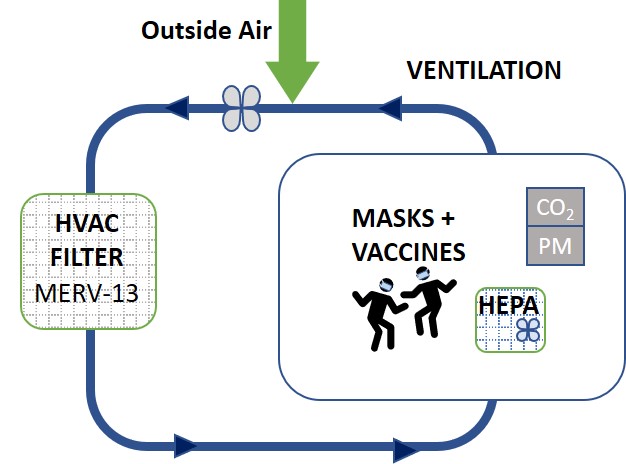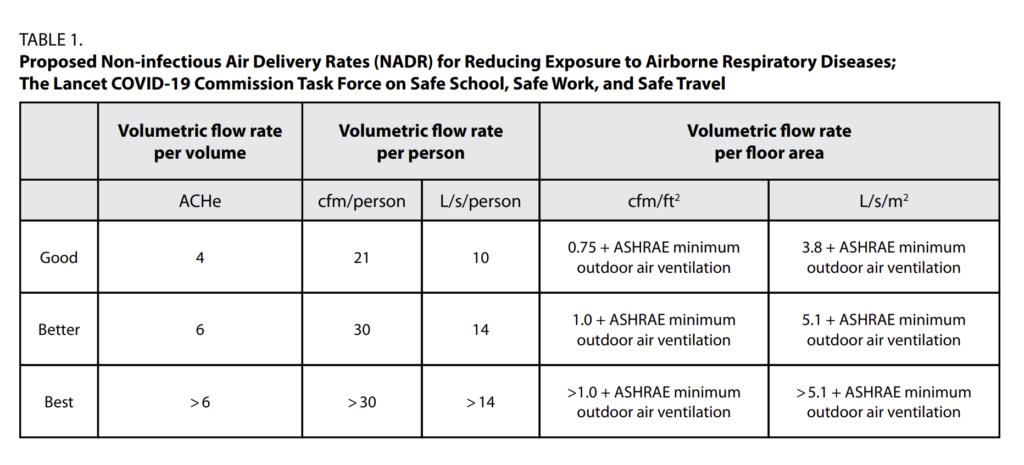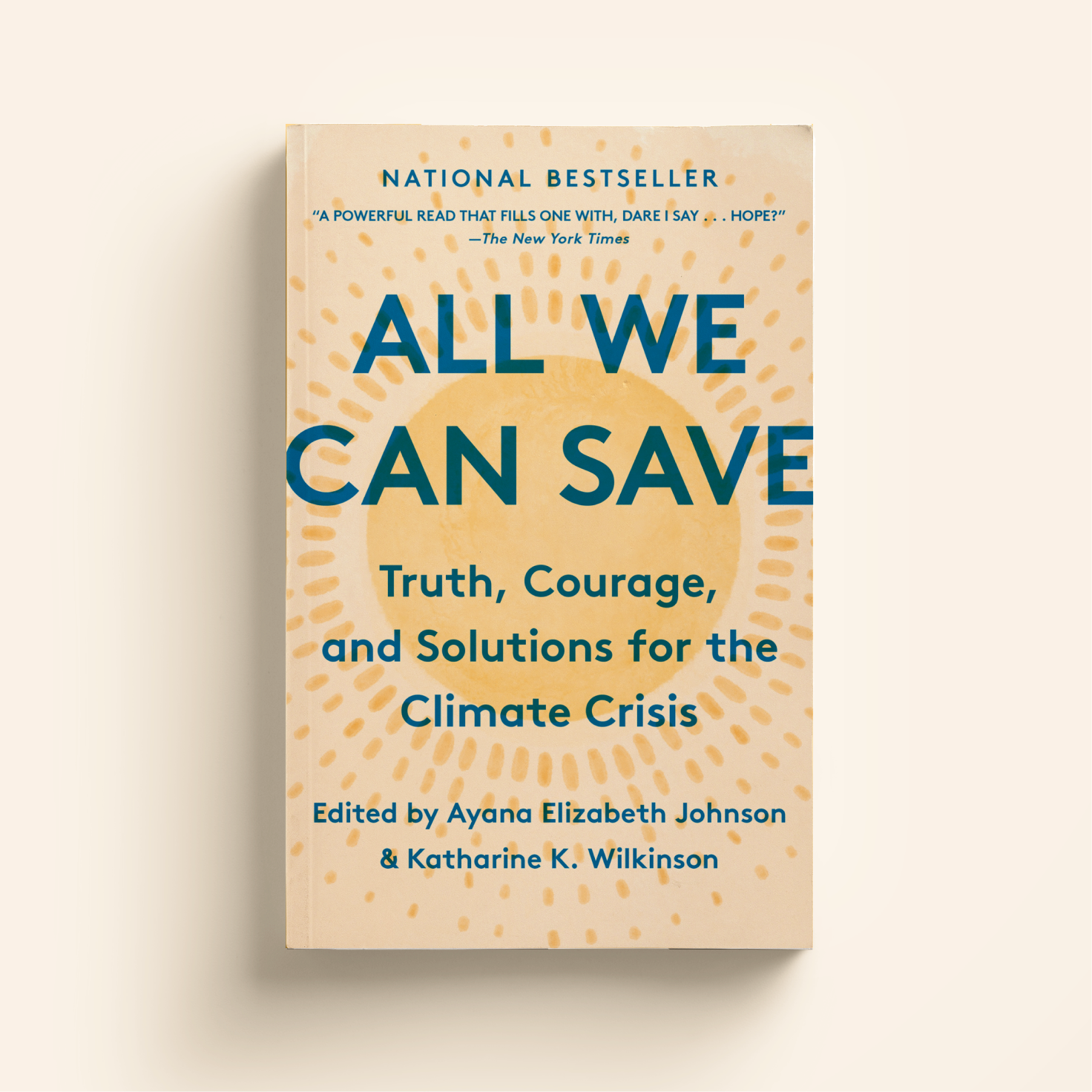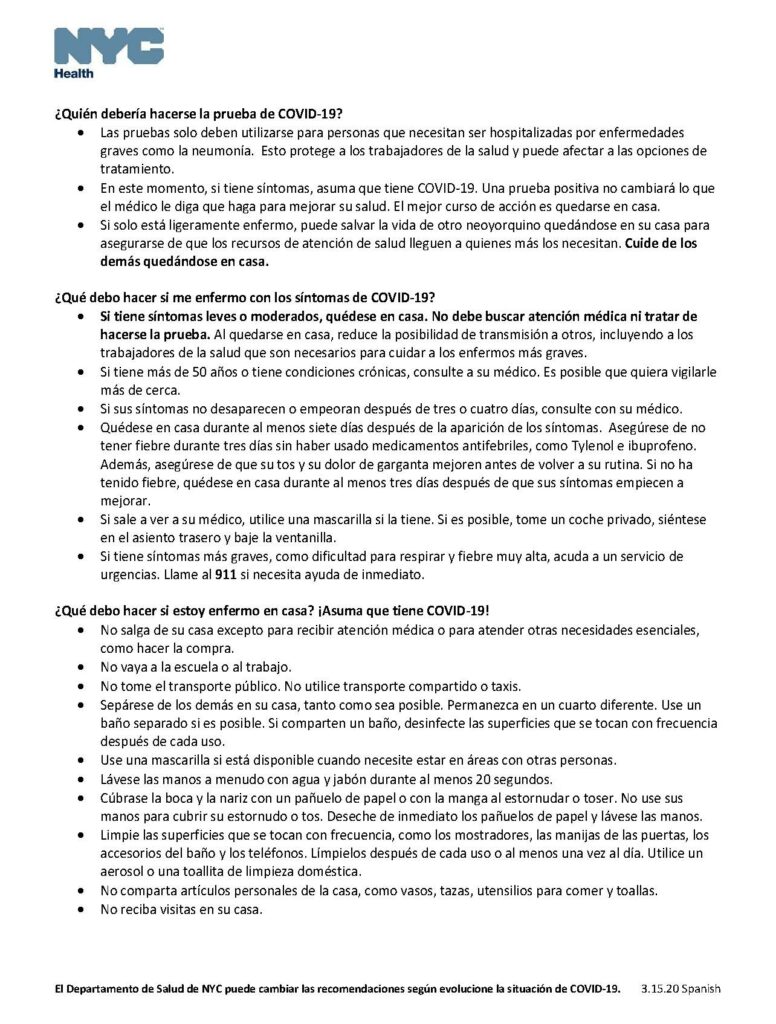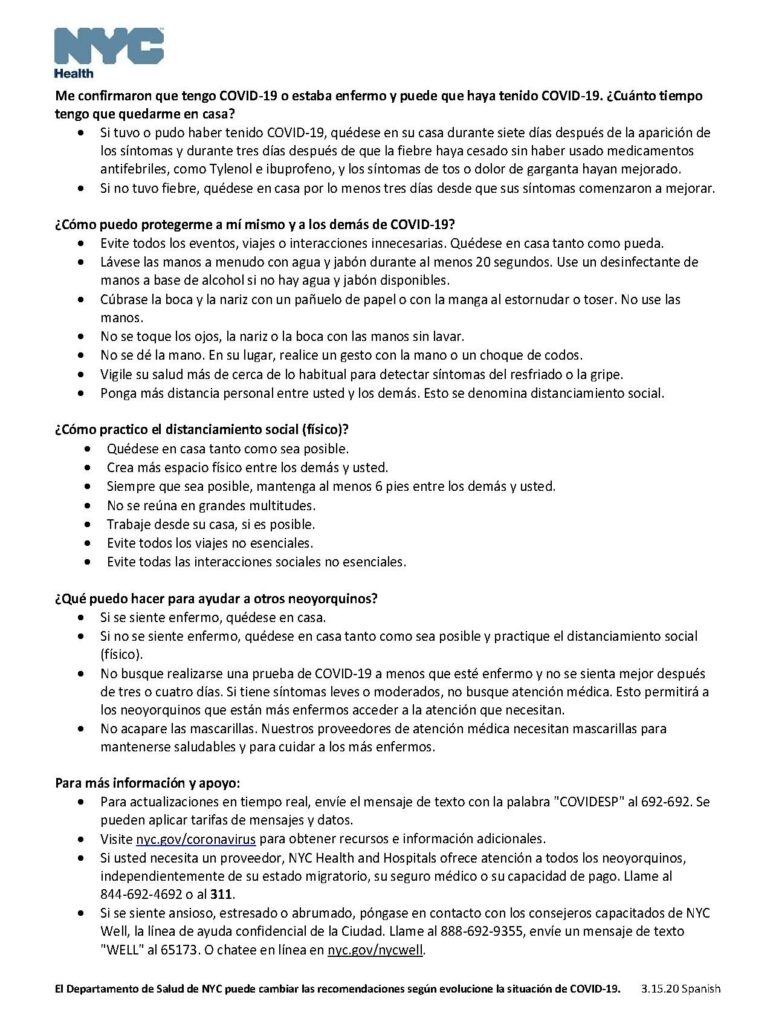by Sandhya Sethuraman and Maria A. di Landro
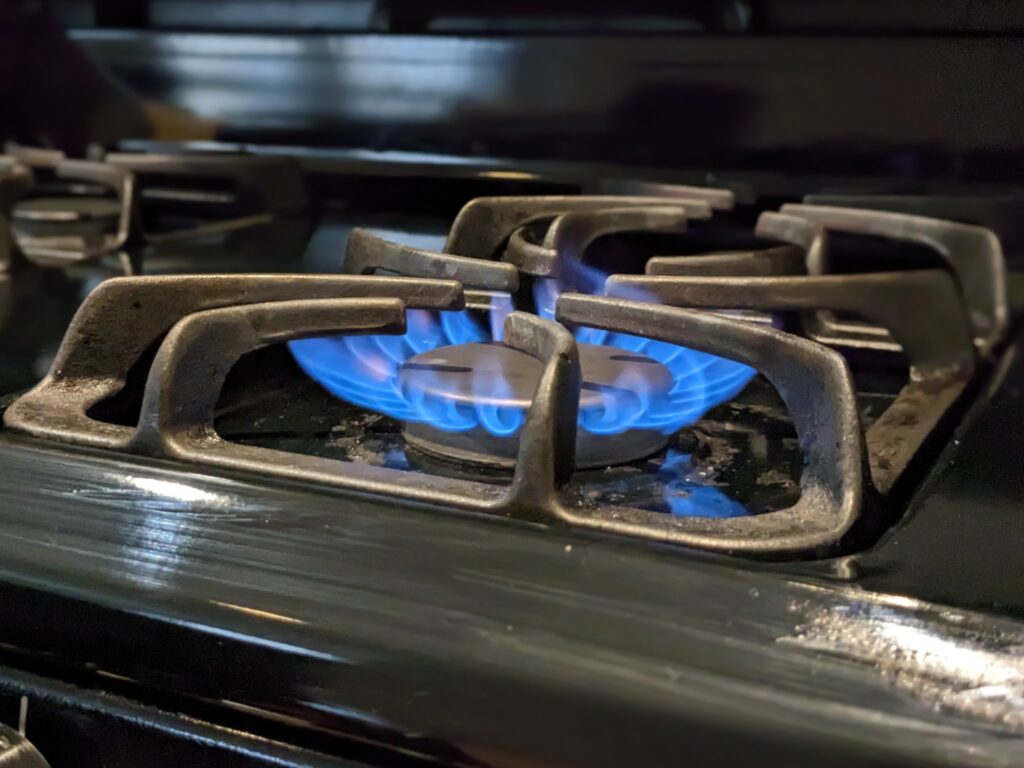
Urged by scientists’ findings on the links between gas stove use and their contribution to indoor pollution and increased risk of respiratory illnesses, the CPSC (Consumer Product Safety Commission) has recently begun to consider a ban on gas stoves. More than 40 million U.S. households rely on gas stoves to cook with, but many are not aware of their negative impacts on indoor air quality and climate: natural gas appliances release nitrogen oxides, particulate matter, formaldehyde, and carbon dioxide into the air, and they can leak methane, even when not in use. Higher indoor pollution levels, as a consequence of gas stove emissions, can have various respiratory impacts, including asthma, coughing, wheezing, and difficulty breathing. In this article, we provide more details on what academic research has found, including the estimated fraction of current childhood asthma associated with gas-stove use in each state. We also discuss how various states are already taking initiative and are working to move away from new gas stove installation. Using New York as a case study, this article describes their new bill that effectively bans the use of gas stoves in the construction of new buildings starting in 2024 and what the response from the public has been. In the meantime, there are various measures the public can take to protect themselves from gas stove emissions.
What’s the controversy?
A torrent of information, data, and dissent followed the initial CPSC announcement — scientists urged reform while political parties made the debate about consumers’ freedoms. To make some sense of the dialog:
- In December, Senator Cory Booker (D-NY) and Representative Don Beyer (D-VA) published a report strongly urging the CPSC to consider a ban on gas stoves. They argued that gas stoves emit high levels of pollutants like nitrogen dioxide (NO2), carbon monoxide (CO) and fine particulate matter (PM2.5).
- Amid debates surrounding gas stoves, consultants with ties to the American Gas Association have criticized research which linked gas stoves to childhood asthma.
- Voices on the right have argued that removing gas stoves from homes is an infringement on their basic rights. Senators Cruz and Manchin introduced legislation in early February to bar the CPSC from using federal funding to ban gas stoves, arguing that it “constitutes government overreach.”
- The American Gas Association also pushed back against the ban, arguing that housing would become more expensive as “electric homes require expensive retrofits.”
The resulting debate became clear: ban gas stoves in future buildings and transition to electric stoves instead, or continue as we always have?
What’s happening right now? (NYC Case Study)
Currently, over 70 percent of greenhouse gas emissions in New York City comes from indoor air pollution in homes, but changing the internal piping and structures of old New York City buildings (retrofitting) is nearly impossible. Because many buildings went up before 1930, ripping out the existing infrastructure and effectively transitioning to more efficient and sustainable energy has proven to be a daunting task.
In December 2021, New York’s City Council voted to ban the use of fossil fuels — and by extension gas stoves — altogether in new buildings. This law was scheduled to go into effect this year for structures shorter than seven-stories tall and in 2027 for all buildings. As of late, the council has asserted that co-ops and condominiums — newer, more modern buildings — are poised to make a difference in the short term if they make the necessary electrical upgrades and incentivize resident collaboration.
Why gas stoves?
Simply put, gas stoves have gained attention because of how ubiquitous they are. Over one third of U.S. households — more than 40 million homes — cook with gas stoves. Natural gas appliances generate carbon dioxide, particulate matter, formaldehyde, and nitrogen oxides when natural gas is burned as a fuel, and leak methane into the air, often even when they are not in use.
According to researchers at Stanford, gas stoves themselves have the same climate impact as about 500,000 gasoline-powered cars. Current EPA estimates are incomplete themselves, failing to account for the reality of gas pipelines (which leak much more than reported), and usually not including leakage within buildings at all.
Additionally, the health impacts of having stoves in such close proximity to residents is well-understood. Because they are often central to homes, the respiratory impacts of pollutants — like asthma, coughing, wheezing and difficulty breathing — are often difficult to control and treat. People interact directly with their stoves (more so than other gas appliances), and the constant exposure to formaldehyde, carbon dioxide, nitrogen oxides, and methane can have long term health effects.
The impacts of gas stoves are not equal either. As emphasized by Booker and Beyer, gas stoves have a larger impact on Black, Latino and low income households, who experience the “cumulative burden” of gas stove emissions and broader air quality impacts every day. In the global south, poor ventilation and living conditions mean that women and children are also disproportionately affected by indoor household emissions.
What does the academic research say?
The push to “go electric” is backed by science, as the harmful byproducts of combustion are often emitted directly into the air indoors without proper ventilation systems in place. Indoor gas stove cooking is clearly connected to respiratory illness, and more than 12% of childhood asthma cases in the U.S. can be linked to gas stoves.
A few key results:
- State-by-state differences in pollution levels from gas stoves, and therefore impacts, are correlated with their prevalence in the household, which means that a one-size-fits-all solution via blanket legislation is likely to fail. For example, Illinois experiences the highest childhood asthma burden from gas stoves (21.1%), followed by California (20.1%), New York (18.8%), Massachusetts (15.4%), and Pennsylvania (13.5%). Florida, where the demand for gas stoves is low, has the lowest burden (3%) (U.S. Energy Information Administration, via CNN).
- There are existing benchmarks for “unsafe” pollution and residential exposure limits. For instance, Canada has a maximum residential exposure limit of 90 parts per billion (ppb) over an hour of exposure, and 11 ppb in the long term (> 24 hours) for NO2.
- Gas stoves contribute different amounts of methane to the atmosphere based on when and how they are being used. A recent study published in Environmental Science & Technology found that 76% of the total methane emissions from stoves come from the steady-state off state (indicating significant leakage).
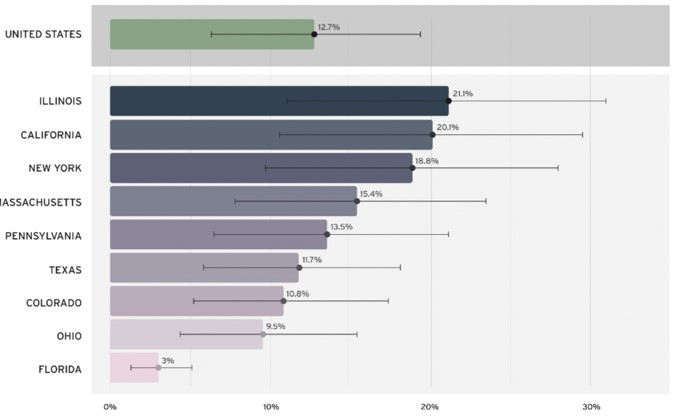
What can you do?
- Ventilate: exhaust streams are necessary in any kitchen; turning on a fan or opening a window is a good way to mitigate some of the negative effects of cooking on a gas stove. Many range exhausts don’t vent to the outside, but rather recirculate stove emissions back into the kitchen. Ventilation to the outside can greatly improve indoor air quality.
- Educate: launch education campaigns to better understand the risks associated with gas stoves, and how these can be minimized, especially for disadvantaged groups.
- Advocate: push for gas stoves to be sold with range hoods that meet mandatory performance standards, and for ventilation to the outdoors instead of recirculation. Additionally, gas stoves should be equipped with leak proof valves, which can be shut on and off to prevent methane exposure.




